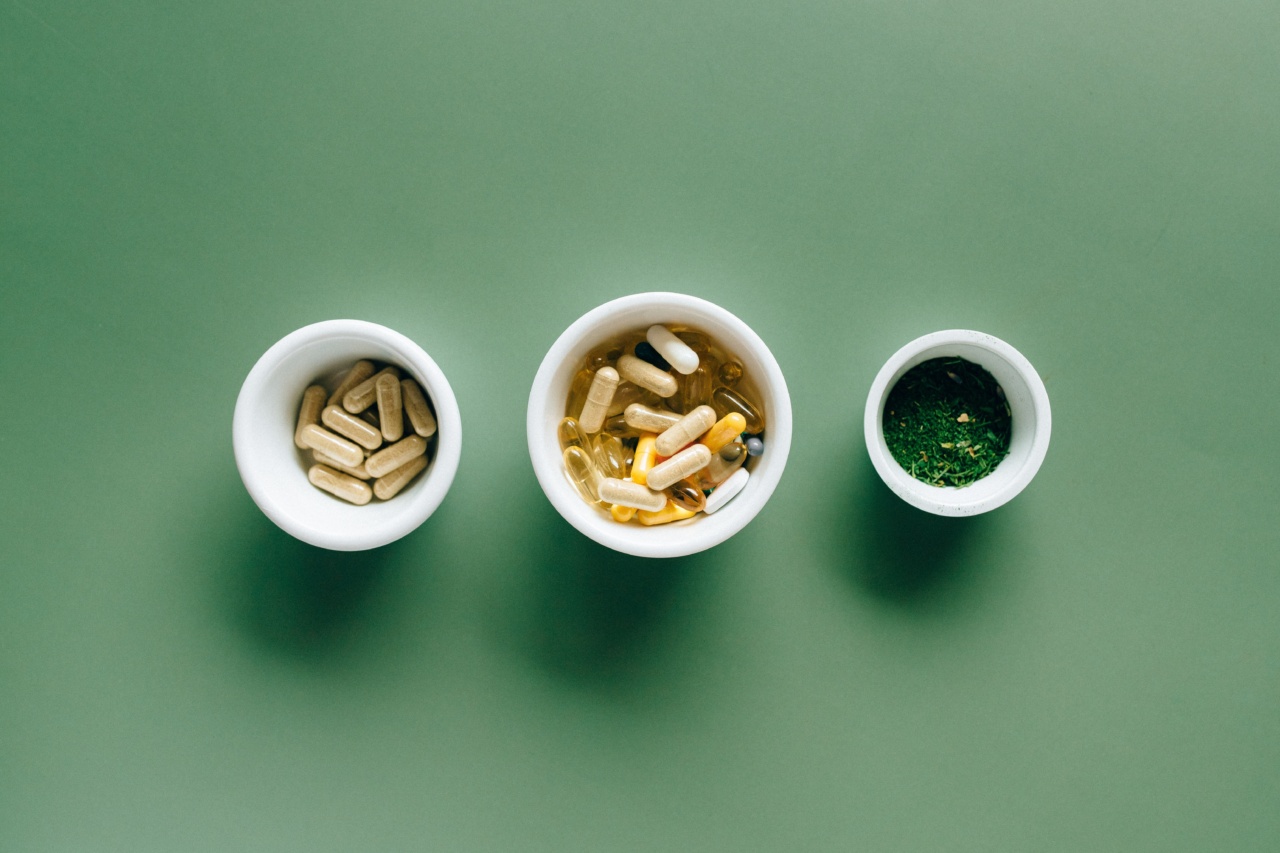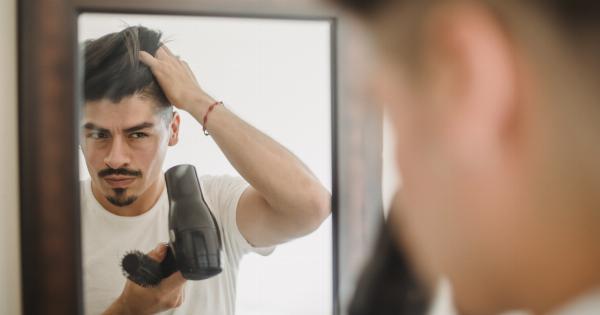Hair loss is a common issue that affects both men and women of different ages.
While hair loss can be caused by various factors, including poor nutrition, stress, genetic predisposition, and medical conditions, there are multiple pharmaceutical treatments available to manage hair loss. In this article, we will discuss the top pharmaceutical treatments for hair loss, including their effectiveness, safety, and side effects.
1. Minoxidil
Minoxidil is a topical medication approved by the FDA to treat hair loss in men and women. Minoxidil is available in two strengths: 2% and 5%. The 2% solution is approved for women, while the 5% solution is approved for men.
Minoxidil works by widening the blood vessels in the scalp and increasing blood flow and nutrients to hair follicles, which stimulates hair growth.
The effectiveness of minoxidil varies from person to person. Some people may see results within a few weeks, while others may need to use minoxidil for several months to see the effects.
Minoxidil is generally safe and well-tolerated, but it can cause side effects such as scalp irritation, itching, and dryness.
2. Finasteride
Finasteride is an oral medication that is approved by the FDA to treat hair loss in men. Finasteride works by blocking the enzyme that converts testosterone to dihydrotestosterone (DHT), which is a hormone that contributes to hair loss.
By reducing DHT levels, finasteride helps to promote hair growth and prevent hair loss.
Finasteride is highly effective in treating male pattern hair loss, but it is not recommended for use in women or children. Finasteride can cause a range of side effects, including sexual dysfunction, decreased libido, and depression.
3. Dutasteride
Dutasteride is a medication that is similar to finasteride in that it works by blocking the enzyme that converts testosterone to DHT.
However, dutasteride is more potent than finasteride, and it blocks both types of the enzyme that convert testosterone to DHT. Dutasteride is not currently FDA-approved for hair loss, but it is sometimes used off-label to treat male pattern hair loss.
Dutasteride can be effective in treating hair loss, but it can also cause side effects such as sexual dysfunction, breast tenderness, and depression. Due to its potency, dutasteride may also have a higher risk of side effects compared to finasteride.
4. Ketoconazole
Ketoconazole is a topical medication that is commonly used to treat scalp conditions such as dandruff and seborrheic dermatitis.
However, ketoconazole also has antiandrogenic properties, which means it can reduce the levels of DHT in the scalp and promote hair growth.
Ketoconazole has been shown to be effective in reducing hair loss and promoting hair growth in people with androgenic alopecia.
However, ketoconazole is not FDA-approved for hair loss, and long-term use of ketoconazole can cause scalp irritation and dryness.
5. Spironolactone
Spironolactone is an oral medication that is used to treat high blood pressure and edema. However, spironolactone also has antiandrogenic properties, which means it can reduce the levels of DHT in the scalp and promote hair growth.
Spironolactone has been shown to be effective in treating hair loss in women with androgenic alopecia. However, spironolactone can cause side effects such as dizziness, headache, and menstrual irregularities, and it is not recommended for use in men.
6. Corticosteroids
Corticosteroids are anti-inflammatory medications that are commonly used to treat various inflammatory conditions, including skin conditions such as psoriasis and eczema.
Corticosteroids can also be used to treat hair loss caused by inflammatory conditions such as alopecia areata.
Corticosteroids can be effective in promoting hair regrowth in people with alopecia areata, but they can cause side effects such as skin thinning, acne, and weight gain.
7. Tretinoin
Tretinoin is a topical medication that is commonly used to treat acne and other skin conditions. However, tretinoin also has been shown to improve hair growth in people with androgenic alopecia.
Tretinoin works by stimulating hair growth and improving the quality of existing hair follicles. Tretinoin can be effective in promoting hair growth, but it can cause skin irritation and dryness, especially in people with sensitive skin.
8. Platelet-rich plasma (PRP)
Platelet-rich plasma (PRP) is a treatment that involves injecting a patient’s own blood components, which are rich in growth factors and platelets, into the scalp to promote hair growth.
PRP has been shown to be effective in promoting hair growth in people with androgenic alopecia.
PRP is generally safe and well-tolerated, but it can cause side effects such as mild pain, swelling, and bruising at the injection site. PRP is also a relatively expensive treatment.
9. Laser therapy
Laser therapy is a non-invasive treatment that uses low-level laser devices to stimulate hair growth. Laser therapy works by increasing blood flow and nutrients to hair follicles, which promotes hair growth.
Laser therapy has been shown to be effective in treating hair loss in both men and women. Laser therapy can be used in combination with other hair loss treatments, such as minoxidil and finasteride, to maximize results.
However, laser therapy can be expensive and time-consuming, and it may not be covered by insurance.
10. Hair transplantation
Hair transplantation is a surgical procedure that involves transplanting hair follicles from a donor site to a bald or thinning area of the scalp.
Hair transplantation is a popular and effective treatment option for people with significant hair loss, but it is a costly and invasive procedure.
The success of hair transplantation depends on various factors, including the quality and quantity of donor hair, the skill of the surgeon, and the patient’s overall health.
Hair transplantation can also cause side effects such as pain, swelling, and infection, and it may require multiple sessions to achieve optimal results.
Conclusion
There are multiple pharmaceutical treatments available to manage hair loss, including minoxidil, finasteride, dutasteride, ketoconazole, spironolactone, corticosteroids, tretinoin, PRP, laser therapy, and hair transplantation.
While these treatments can be effective in promoting hair growth and preventing hair loss, they can also cause side effects, and their effectiveness may vary from person to person. If you are experiencing hair loss, it is recommended to consult with a dermatologist or healthcare provider to determine the best treatment option for you.

























